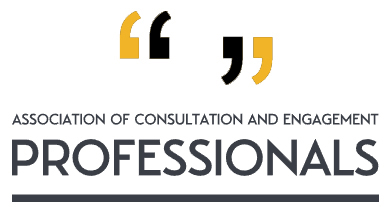A common problem with consultation and engagement exercises is the relay of information or facts. For example, a health service may talk about changing A&E to an urgent/emergency care model but fail to define what A&E did in the first place. Getting this wrong will lead to poorly informed answers and ruin your chances of making participation meaningful.
The problem extends well beyond a lack of information – sometimes facts get misinterpreted or can’t be agreed on (even among experts!). Things get worse as the issues or subject matter gets more complex – a doble whammy for those who must later interpret technical answers.
Adequately informing others of the output of a consultation or engagement exercise requires an equal dose of competence. So, how do you effectively relay complex information? Here are our top tips: –
- Use scenarios and storytelling. It will make systems more real, help people remember and has helpful cues for cutting through jargon.
- Use real number, metaphors and analogies. Basically, we mean comparing the unfamiliar with the familiar. This is a great way to consider trade-offs. For example, you could express how long something is by comparing the equivalent number of double decker buses.
- Make visualisations. A picture paints a thousand words….and some people have visual memories. Using video and infographics can complement your storytelling.
- Try being concise. If you can’t explain it simply then you don’t understand it well enough. However, it also pays to over-narrate when providing verbal descriptions. Extra detail should be available if people want to dig into it.
- (Conversely) Create intrigue. Sometimes you need people to dig into the detail and put the time in. How can you make an issue matter to people so that they might find out more?
- Use technologies. Simulations can help people work through scenarios or see them in different ways. For example, using immersive worlds can help people explore a problem or impact relating to the construction of a new building.
- Give information structure, such as putting it into categories. Organising information in this way can help people digest it more easily. It creates a set of anchors – and that’s why an options-based approach to consultation is so beneficial.
- Ask an outsider to check your messaging. If you’re in doubt about your message, test it. Does the logic make sense?
- Give context, use clarity. It’s important to explain things in simple language but also be open about any assumptions – such as explaining any uncertainties. Don’t skip steps.
- Create pauses. If something is complex, people will have questions!
- Try leaving out any unnecessary details. If you can drill-down to root causes and the essence of issues then the outer complexity can become less relevant. This can help people choose the right path – for example, by focusing on impacts.
- Use sequential messaging. This is a drip-drip tactic, breaking down complex issues and releasing them in batches to avoid a brain overload.
- Use data. The benefit of data is it shows what has happened in the past. The disadvantage of data is it doesn’t explain how variables are related.
- Provide help. If something really is complex, there will be supplemental questions.
Good luck!

